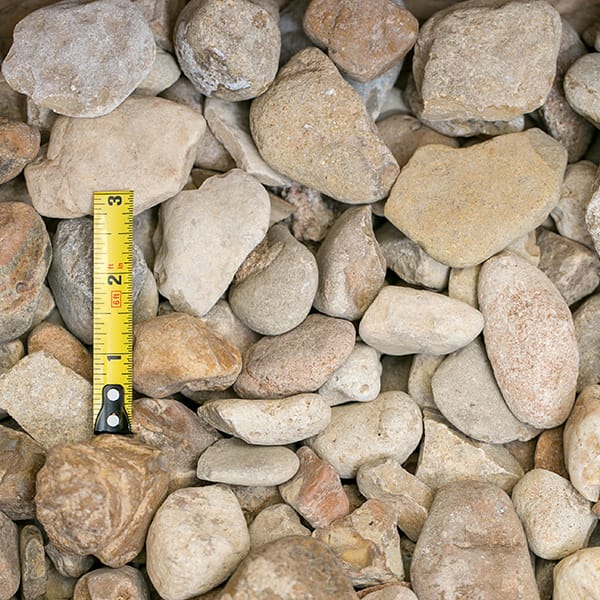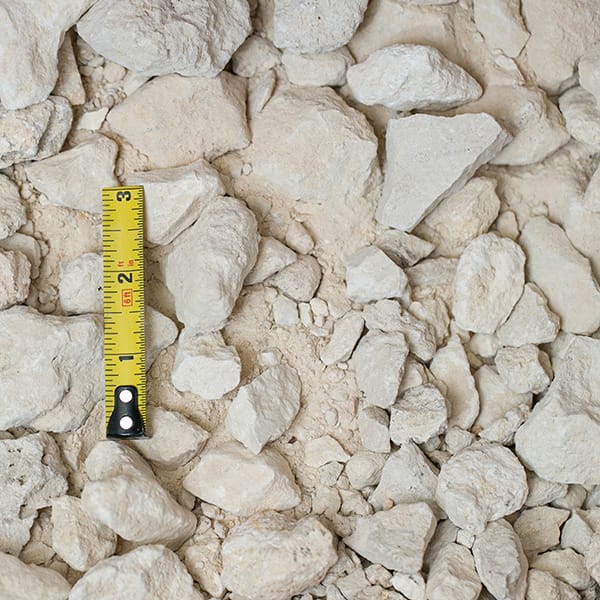Mexican Sycamore
By Innovation Grounds
The Mexican Sycamore (Platanus mexicana) is a large deciduous tree native to Mexico and parts of the southwestern United States.
1. General Description
- Common Names: Mexican Sycamore, Mexican Plane Tree, Arizona Sycamore
- Scientific Name: Platanus mexicana
- Family: Platanaceae
- Origin: Native to central and northern Mexico, parts of the southwestern United States, particularly in Texas and Arizona.

2. Physical Characteristics
- Size:
- Height: Typically grows between 40 to 70 feet (12 to 21 meters) tall.
- Spread: Typically 30 to 50 feet (9 to 15 meters) wide.
- Leaves:
- Large, broad, and palmate (lobed with 3 to 5 lobes).
- Dark green during the growing season, turning yellow or brown in fall before dropping.
- Each leaf can be up to 8 inches (20 cm) long.
- Bark:
- The bark is a striking feature, exfoliating in patches, revealing white, gray, and brown tones beneath. The bark becomes smooth and light-colored as the tree matures.
- Flowers:
- Small, greenish flowers appear in clusters during late spring.
- Flowers are not particularly showy, but they give way to seed balls that persist into winter.

3. Growth Habit
- Shape: Generally a broad, rounded canopy with a dense, spreading crown.
- Growth Rate: Fast-growing, with trees potentially adding several feet of height each year.

4. Habitat and Growing Conditions
- Hardiness Zone: Typically hardy in USDA Zones 7b to 10a, making it suitable for regions with mild winters and warm summers.
- Climate: Prefers hot, dry climates with moderate to high levels of sunlight. It is drought-tolerant once established but requires regular water when young.
- Soil: Adaptable to a wide range of soil types, including loamy, sandy, and clay soils. Prefers well-draining soil but can tolerate occasional flooding.

5. Uses
- Landscaping: A popular tree for large landscapes, parks, and street plantings due to its large size, rapid growth, and attractive bark. It provides excellent shade, especially in urban areas.
- Wood: The wood of the Mexican Sycamore is durable and is sometimes used for woodworking, although it is not as commercially valuable as other hardwoods.
- Ecological Benefits: The tree offers food and shelter for birds, insects, and wildlife, especially in urban and suburban areas.

6. Care and Maintenance
- Watering: Regular watering is essential during the establishment phase. Once mature, the tree is drought-tolerant, though it still benefits from occasional deep watering in dry periods.
- Pruning: Pruning should be done to remove dead or damaged wood, maintain structure, and avoid disease spread. It is best to prune in late winter or early spring before new growth begins.
- Pests and Diseases:
- Mexican Sycamore is generally resistant to many pests and diseases, but it can occasionally suffer from fungal infections, especially if the tree is stressed.
- The tree may also be affected by anthracnose, a fungal disease that causes leaf spotting and defoliation, though it’s typically not fatal.

7. Environmental Tolerance
- Drought: Once established, it is quite drought-tolerant and can withstand periods of low water availability.
- Heat: Thrives in hot, dry climates but requires water during prolonged heat periods.
- Cold: While the tree can tolerate some frost, prolonged exposure to freezing temperatures can damage it, so it is best suited for regions with mild winters.

8. Seasonal Interest
- Spring: Fresh green leaves appear, providing early spring shade.
- Summer: The tree is in full canopy with deep shade, especially useful for cooling around homes or parks.
- Autumn: Yellow and brown foliage provides a soft, fall color display before the leaves drop.
- Winter: Exfoliating bark becomes a distinctive feature, offering visual interest even when the tree is leafless.

9. Varieties and Cultivars
There are no major cultivars, but related species, such as the American Sycamore (Platanus occidentalis) and London Plane Tree (Platanus × acerifolia), are often considered in similar landscaping applications.

10. Common Problems
- Leaf Drop: Some leaf drop is normal in fall, but premature defoliation due to disease can be a concern.
- Root System: The tree has a large and spreading root system, so it’s important to plant it away from foundations, sidewalks, and underground utilities.

Conclusion
The Mexican Sycamore is a hardy, fast-growing tree that can provide large, attractive shade and a stunning bark display throughout the year. It’s well-suited for dry, hot climates and can handle drought once established. Although it does have some susceptibility to diseases and pests, with proper care and maintenance, it can thrive in a variety of landscapes, from parks to urban streetscapes.


